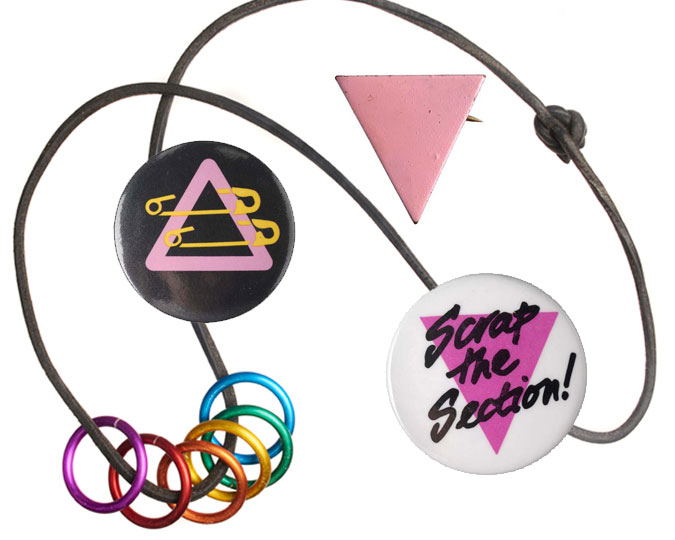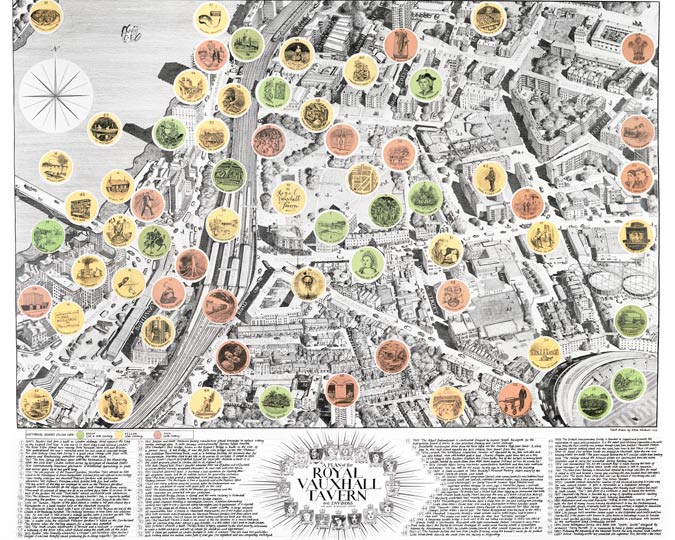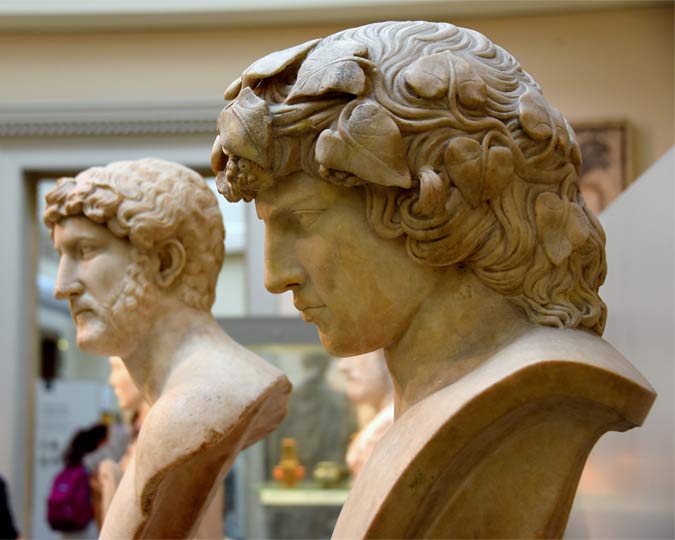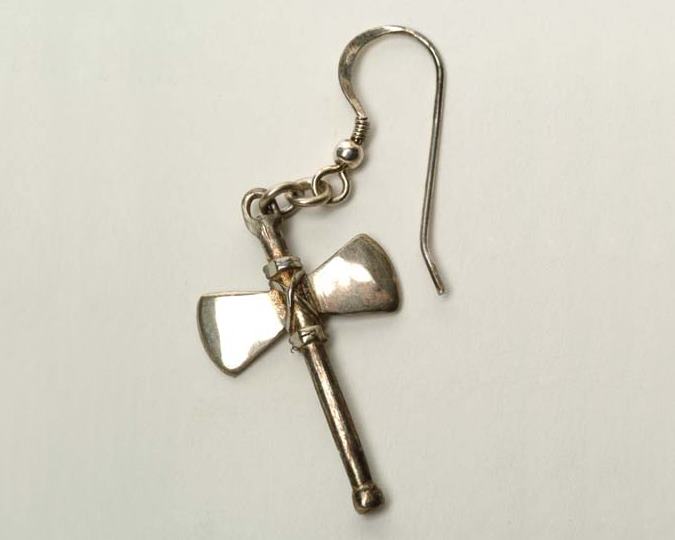Four books on LGBTQ+ history from the museum’s library that you should read, if you haven’t already.
We start by acknowledging that this is not a comprehensive list on queer history books by any means, but our selection from the shelves of the Museum of London’s Library, on what to read when trying to understand Britain’s — and particularly London’s — LGBTQ+ history. The accompanying images are objects from our collection that document that history, and we’d encourage you to find out more about them from the links in the captions.
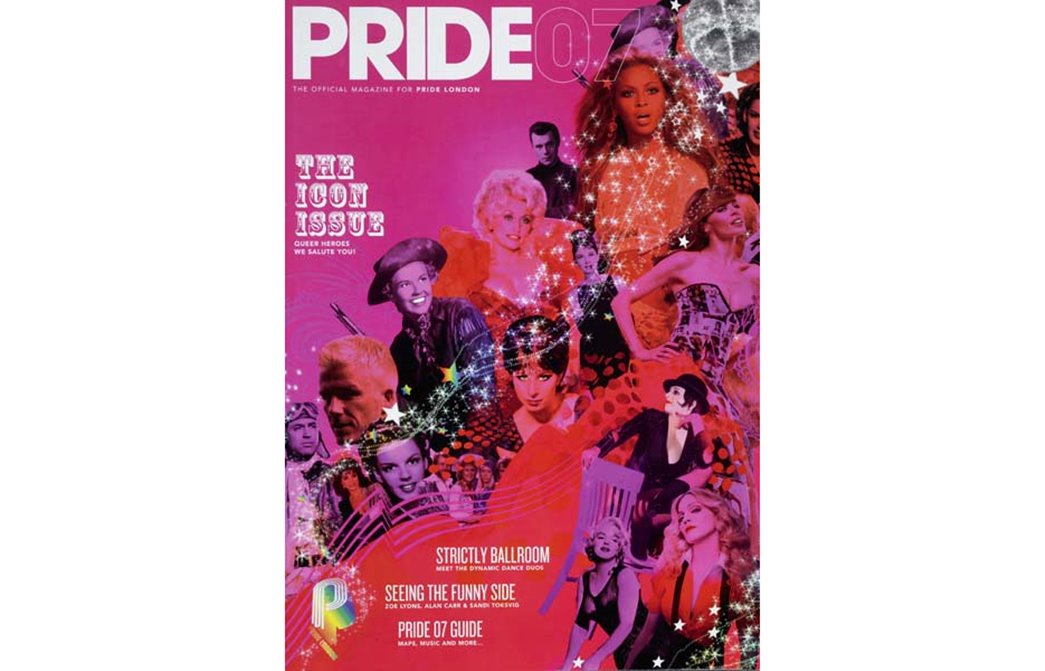
Pride 07
Copy of the official magazine of Gay Pride, London 2007, including articles and listings of events organised to celebrate the Gay Pride Festival. Read more here. (ID no.: 2007.3)
Queer City: Gay London from the Romans to the Present Day
Author: Peter Ackroyd, Penguin Random House, 2017
What’s the book about? While there have been many books that trace London’s long history, this is the city’s history through the lens of its queer population. Over 18 chapters, the book covers the society’s ongoing circle of acceptance and censure of the LGBTQ community, starting from Londinium to the present day. Peter Ackroyd quotes historical references, from the well-documented Roman London to talking about the 12th century, when gay men were said to be “as numerous as grains of barley, as many as the shells of the sea, or the sands of the shore”, to molly houses in the Georgian era. From meaningful hand gestures, coded language and telling gay fashion across the centuries, the author shares facts and stories of persecution and rebellion, right up to the arrival of Gay Liberation Front, the AIDS crisis and the legislative improvements that arrived in the 2000s.
Why read it? Queer City proves that same-sex desire has been a constant presence since London’s very early days. The book is an excellent historical account of how we got here, to a London that celebrates and embraces its diversity.
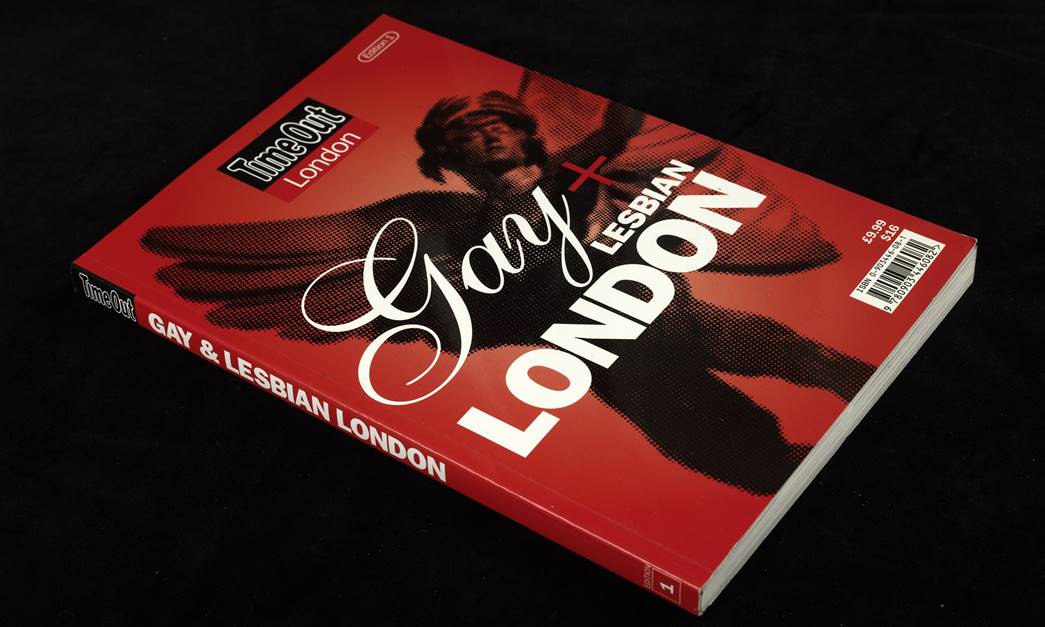
TimeOut: Gay & Lesbian London
This is the first edition of the Time Out ‘Guide to Gay and Lesbian London’, published in 2004. It has articles on the history of London’s gay community and contemporary gay London. Find out more here. (ID no.: 2006.107/9)
For Your Convenience: A Classic 1930’s Guide to London Loos
Author: Paul Pry, George Routledge and Sons, 1937
What’s the book about: Regarded by many as the first gay guide to the city of London, this 71-page, short book is quirky and entertaining. Paul Pry is the pseudonym for well-known author Thomas Burke of Limehouse Nights fame. Set in a gentleman’s club, the book is conversation between an elderly Mr Mumble and a young new member sparked by a mutual interest in the Sanitary World and Drainage Observer. Where can one find “full relief” after having drunk several cups of tea or beer (as opposed to sherry and claret)? The conversation between the two works out the various locations of public toilets in London — a map is included inside the covers — while the witty meta-text gives a suggestive guide to where men can meet other men in the hidden or not-so-hidden spots of central London.
For instance, while puzzled about the reason for the closure of a place of relief near the Goodge Street tube-station, our man is duly informed that “You see, places of that kind which have no attendants afford excellent rendezvous to people who wish to meet out of doors and yet escape the eye of the Busy…”
Why read it? Hiding behind a rather arbitrary conversation, For Your Convenience illustrates a reality lost to the modern reader: the gay community’s lack of safe spaces before homosexual acts were decriminalised in England in 1967. Even under the sombre context, the book is a joyful, extremely witty read.
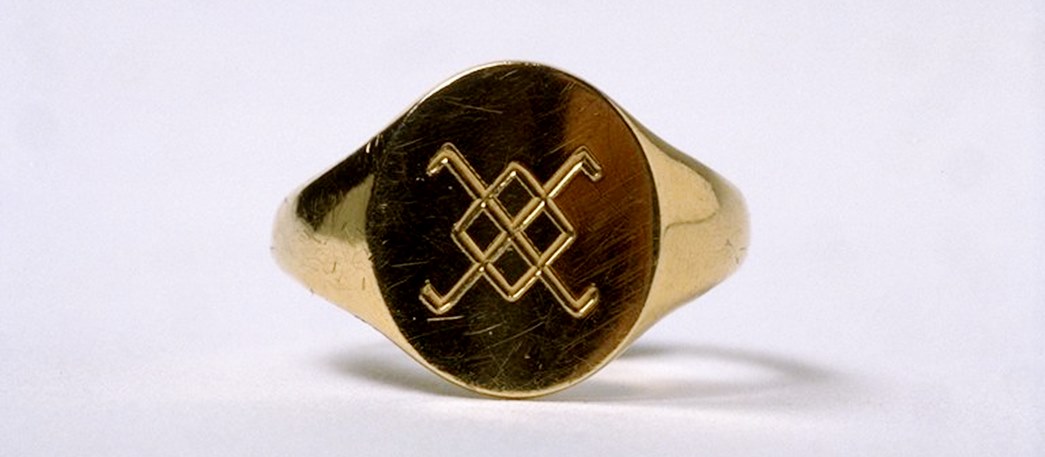
Kenric ring
This gold ring is one of a group of 12, designed for the lesbian group Kenric. “In 1968 the Kenric rings were struck to provide a silent recognition between members.” Read more here. (ID no.: 2000.77)
Tomboys and Bachelor Girls: A Lesbian History of Post-war Britain
Author: Rebecca Jennings, Manchester University Press, 2007
What’s the book about? This book claims to be the “first detailed academic study of lesbian identity and culture in post-war Britain.” Rebecca Jennings explores the relatively unchartered territory of female same-sex desire from the 1940s, while tracing the emergence of a collective lesbian identity and sense of community. The author highlights the lack of scholarly attention on the significance of lesbian history in the UK, compared to that of gay male subcultures — a gap this book sets out to fill.
The book is shaped by extensive research into archives and oral histories, with the south of England and, in particular London, as the centre stage. Narratives develop around “the metropolitan nightclubs of post-war London […], lesbian magazines and social organisation”, reporting on the vibrant lesbian social scene that developed between the end of World War II and 1971, the year the Manifesto of the British Gay Liberation Front was published.
Why read it? Tomboys and Bachelor Girls is an important, long overdue look at the rich history of the lesbian community in 20th century Britain, from the questioning and challenging of social views on ‘conservative femininity’ to the groundbreaking social role of clubs like Chelsea’s The Gateways.
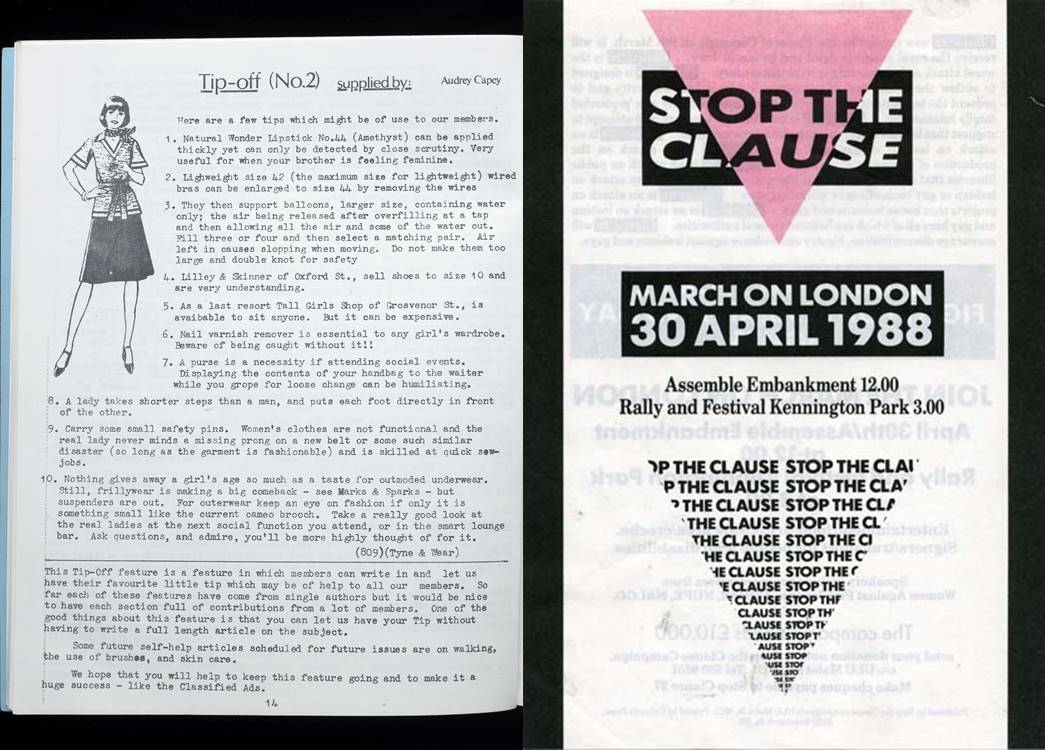
Trans journeys
(left) A 1976 issue of ‘Beaumont Bulletin’, a magazine for the trans members of the Beaumont Society; and a 1988 flyer related to LGBTQ+ activism against Section 28, mentioned in the book. (ID nos: 83.197; 2004.156/77).
Trans Britain: Our Journey from the Shadows
Editor: Christine Burns, Unbound, 2019
What’s the book about? From the late 1990s and early 2000s onwards, trans people have put forward a case for trans equality on public forums, from television, traditional media to OTT platforms; there are now more transgender people in the public eye than ever before. And, while for many this might have seemed a sudden emergence, in reality “the roots of trans people’s journey in public consciousness were sown long ago. They reach deep and they have been growing for decades. That is what this book is about,” writes Christine Burns in her Introduction.
Divided into three poignant sections — Survival, Activism and Growth — the book is a collection of essays by trans people — activists, media people, an actress, a parliamentarian, parents, a rock musician and a priest, among many others — who recount the real story of trans Britain through their personal histories.
Why read it? Trans Britain is, in the words of its publisher, “everything you ever wanted to know about where trans people came from, but never knew how to politely ask.” And most importantly, trans history is told here first hand by its protagonists, rather than anthropologists or historians.
Buy 'Trans Britain' from the museum shop here.
Check out the museum's full range of LGBTQ+ books here.
With inputs from Shruti Chakraborty, Digital Editor (Content)
Header image: ‘Bourgeoisie on Old Compton Street’, 2014 (©Damien Frost/Museum of London); Pride 07 magazine; 1978 Gay Pride badge (ID no.: 2006.31/41); lapel badge with the pink triangle emblem (ID no.: 2006.31/63); Summer 1978 edition of ‘Outrage A Gay Liberation Journal’ (ID no.: 2007.47/5); 'Telling it like it is ....', published by GALOP (ID no.: 99.148/11).








